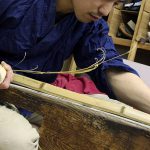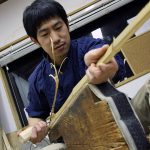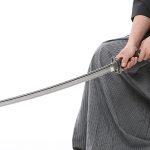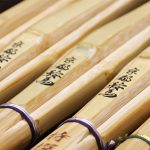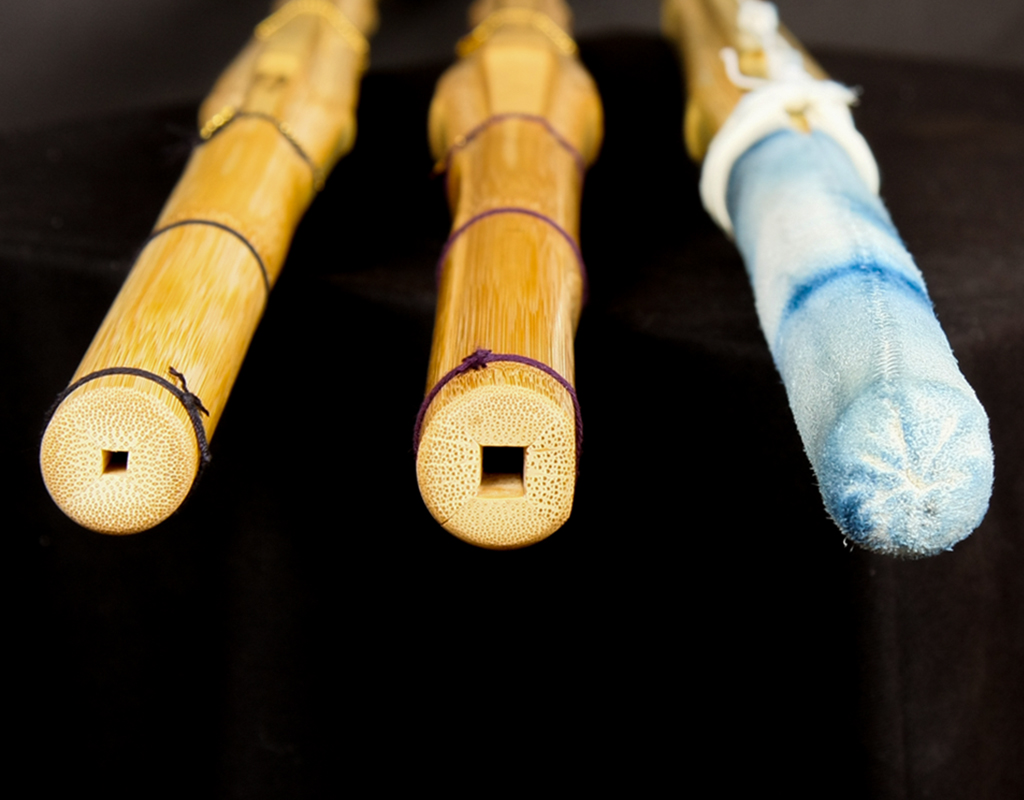
A brand new style of shinai handle on the horizon! Inspired by the katana, that the shinai originally represents, it features an asymmetric design that gives you great awareness of the position of your shinai as well providing an extremely comfortable foundation for your kamae (posture).
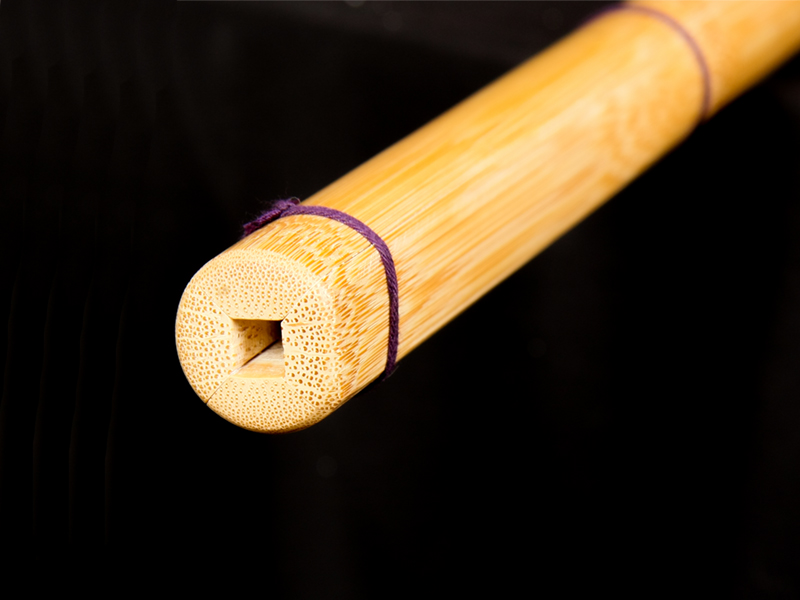
As part of the design process, some of our staff have been testing this prototype tsuka design recently. In this article one such kendoka goes over their impressions and explores the design philosophy behind this new shinai handle.
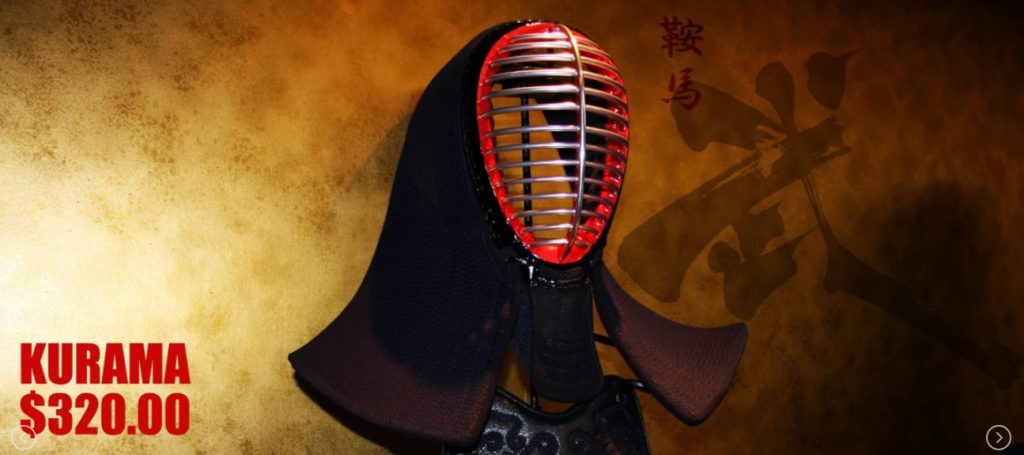
Tsuka, Kamae and Kensen
I have been practicing Kendo for just over 5 years now and recently I have been trying to be a lot more concious about the relationship between my hands, tsuka (shinai handle) and kensen (tip of the shinai) during training. Therefore I was quite excited (literally) to get my hands on a new type of tsuka.
For a little bit of context, my usual preference when it comes to shinai is that the sword be of a fairly even weight straight down its length – this is often called a koto (古刀 – literally “old sword”) shinai. When it comes to the tsuka I have gone through phases over the years: from the standard round style to koban (小判 – oval), then to hakkaku (八角 – octagonal) and recently back to the round grip, albeit slimmed down to around 25mm.
This new tsuka, which we are tentatively calling the “Katana Grip”, is the first I have encountered that is asymmetrical. It initially resembles a round-style grip, except there are two smooth impressions that are placed on the opposite side to your palms when you hold the shinai conventionally.
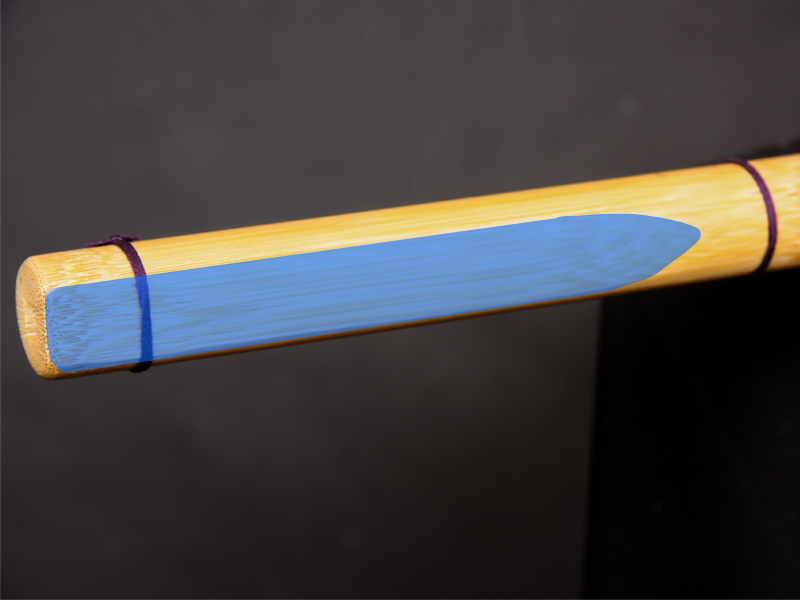
That means your palms curl round a natural curve and then your finger tips on each hand can rest on the flattened areas. When I held the shinai I immediately noticed how naturally my fingers fell into place and how my wrists bent gently to assume kamae. Furthermore, much like koban or hakkaku tsuka, which I had tried previously, the unique shape of the tsuka gave me a really good awareness of my hasuji (path of my blade).
I was surprised at how quickly I adapted to the new shinai having, moved from a slimmer and fairly heavy shinai (our 25mm Tokuren shinai for those interested). After some suburi at home, I committed to 3 months of exclusive keiko to get to know this new tsuka better.
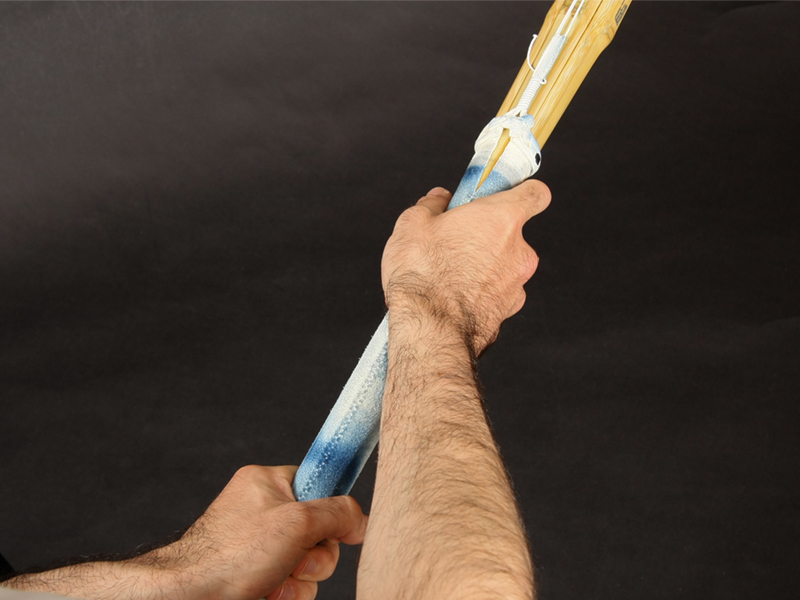
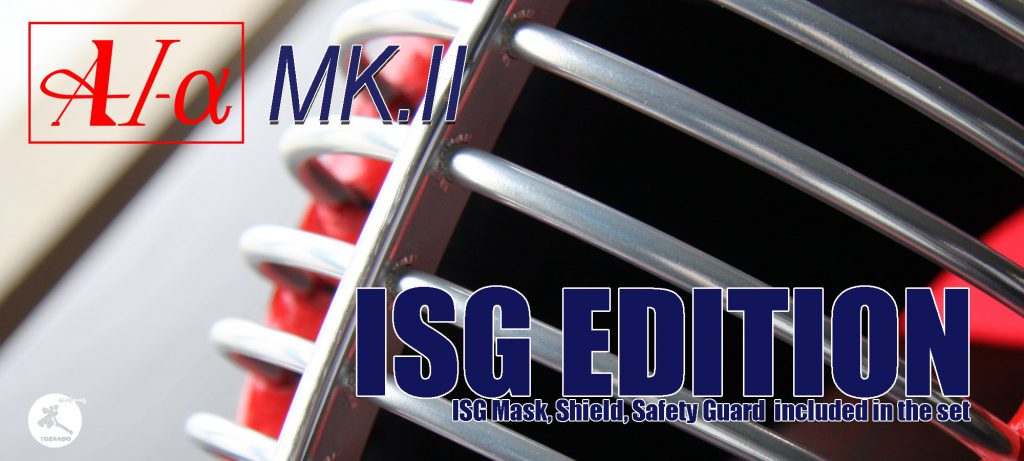
How it Feels in Keiko
Over the three months of using the new tsuka I learnt some interesting things about not only the handle, but also my own kendo. The first being that how you hold your shinai is one of the keys to relaxing your posture.
One of the things that I struggle with the most when it comes to Kendo is relaxing my shoulders and arms when I cut. Or so i thought, it was in fact a more deeply rooted tension that originated, at least partially, in my grip. I found with the Katana Grip my hands were a lot more relaxed and this had a knock-on effect through my arms and up to my shoulders. This in turn helped me to feel my kensen a lot more – it felt far more lively and animated.
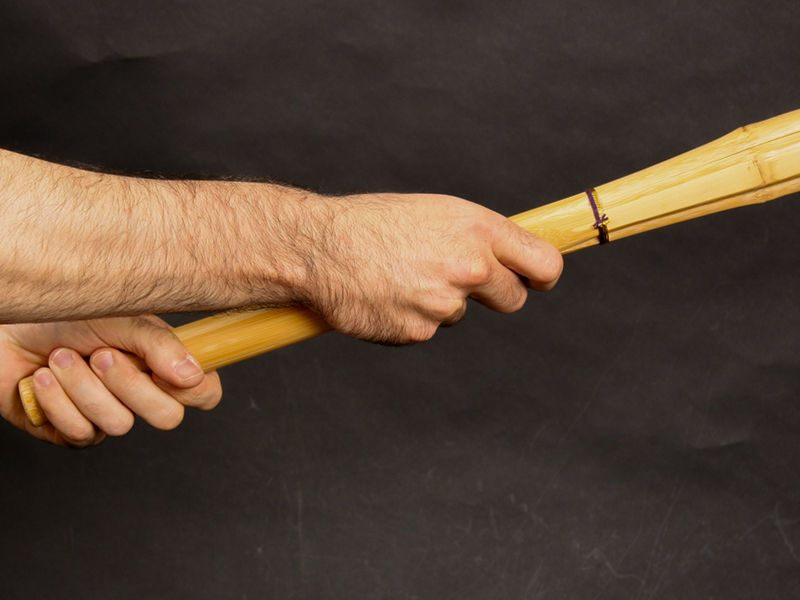
I belive that the tactile reference points on the tsuka for my finger tips, combined with the natural curve in my palms was a positive contributor to this improvement.
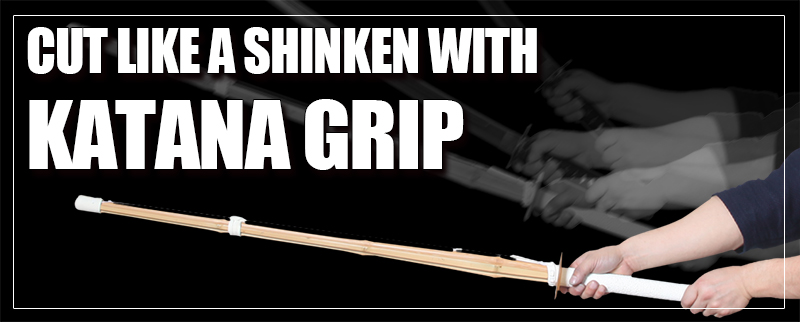
These points were also useful in applying fine manipulations through my fingers to certain techniques. I have been focussing on projecting more pressure through my kensen and being mindful of the shinogi (sides of your sword) when performing techniques like suriage, harai and osae. Having a really comfortable basis for a kamae and constant awareness of the orientation of my shinai’s ha (cutting edge) made this a lot easier.
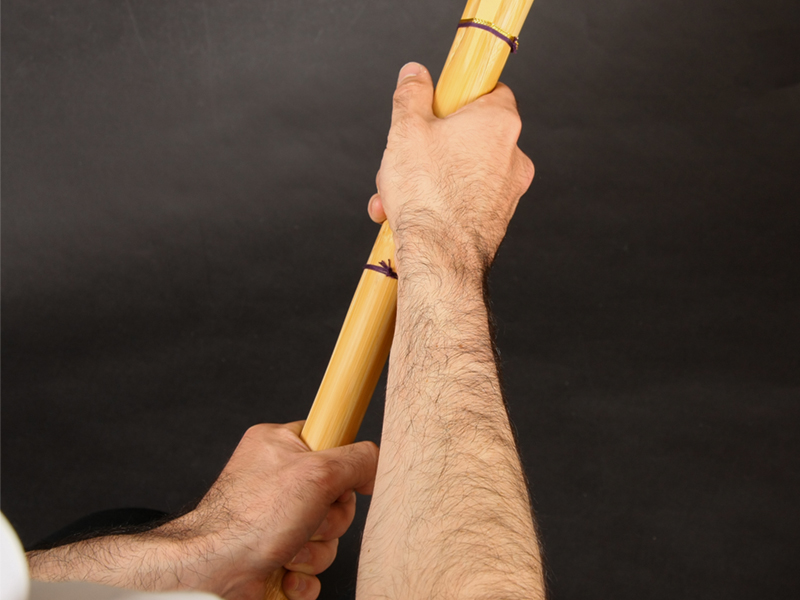
I think for those beginning Kendo or people who struggle adopting a natural kamae, the Katana Grip also provides some interesting benefits. In particular, it effectively discourages the habit of either pushing your wrists too far out or too far in.It also reinforces the concept that the shinai represents a Japanese sword with a single cutting edge.
Inspired by Shinken
Having used it in keiko fairly thoroughly, I had a discussion with our shinai craftsman about the design philosophy behind the Katana Grip. What struck me as quite interesting was that the decision to go for an asymmetric design was inspired somewhat by the menuki that you find on Japanese katana and iaito.
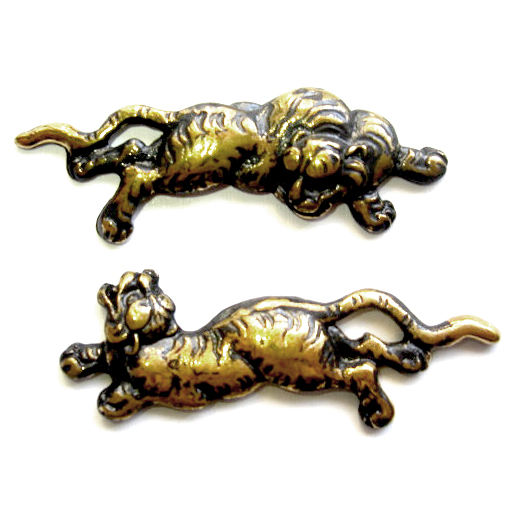
Menuki are small ornaments that were originally decorative flurishes that also hid unsightly holes in the tsuka for mekugi (the pegs that keep the nakago in place). Over time all sort of associations have developed around mekugi in regards to their practical applications, but this is beyond my experience as a kendoka. However their asymmetric placement does provide a physical point of reference for your finger tips. These reference points were carried over to the Katana Grip and this is how the association with shinken (a genuine sharp Japanese sword) was established.
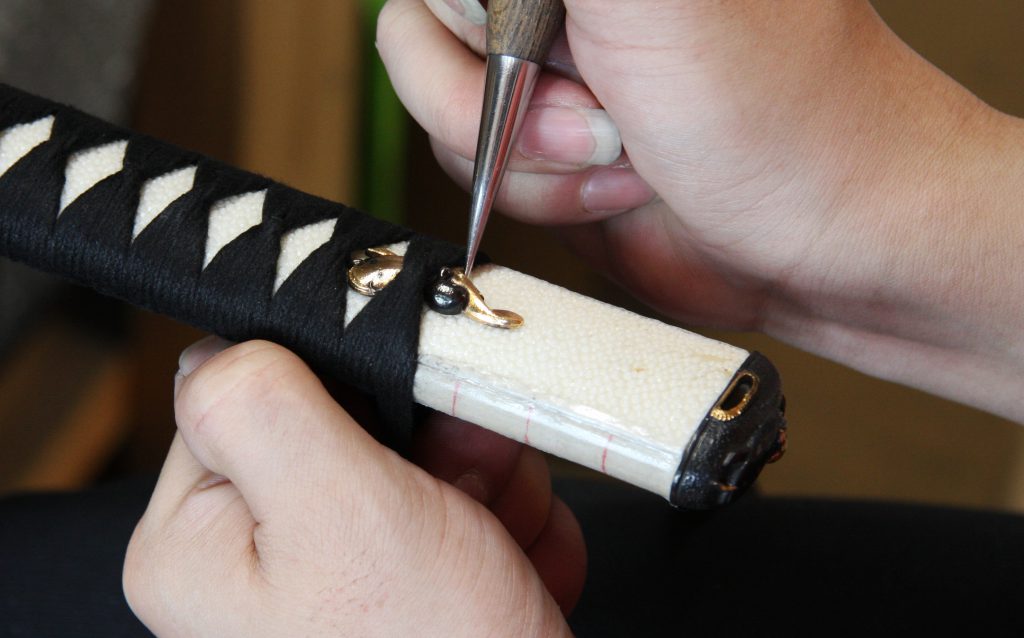
On the Horizon
This style of tsuka will soon be available I have been told, which is quite exciting. I am big fan of exploring new styles of shinai; they help you explore your kendo. The style of shinai I was using with this new type of tsuka was a koto which was quite tip-heavy, but I have been told that the tsuka can be applied to any style of shinai. It would be interesting to see what effect it has on a dobari (胴張り – thick bodied and tip-light) style shinai aswell.
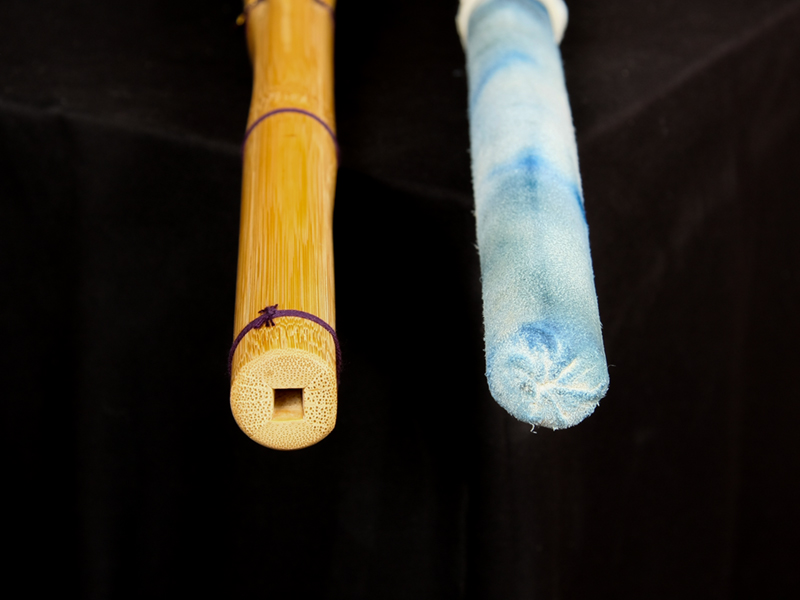
In conclusion, I am excited to continue using this new style of tsuka. It provides an extremely comfortable grip that naturally settles your hands in the correct position. This helps ease tension in your posture. Thanks to the asymmetric reference points you always know where your hasuji is, which is a great benefit when performing techniques where this is a crucial factor – nuki, kaeshi and gyaku do immediately spring to mind. It is defintiely worth a try no matter what sort of kendoka you are.
Keep an eye out for the Katana Grip in the coming months.
 | Did you like what you've just read? Check this out. |





